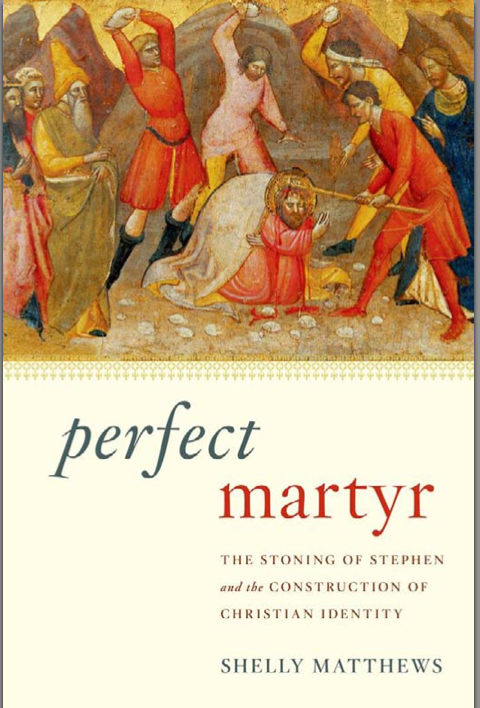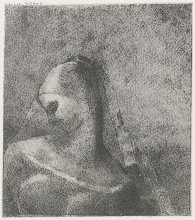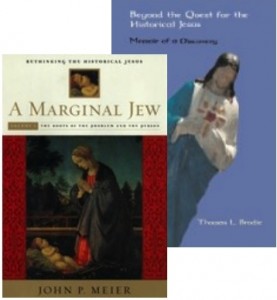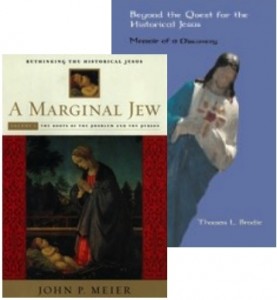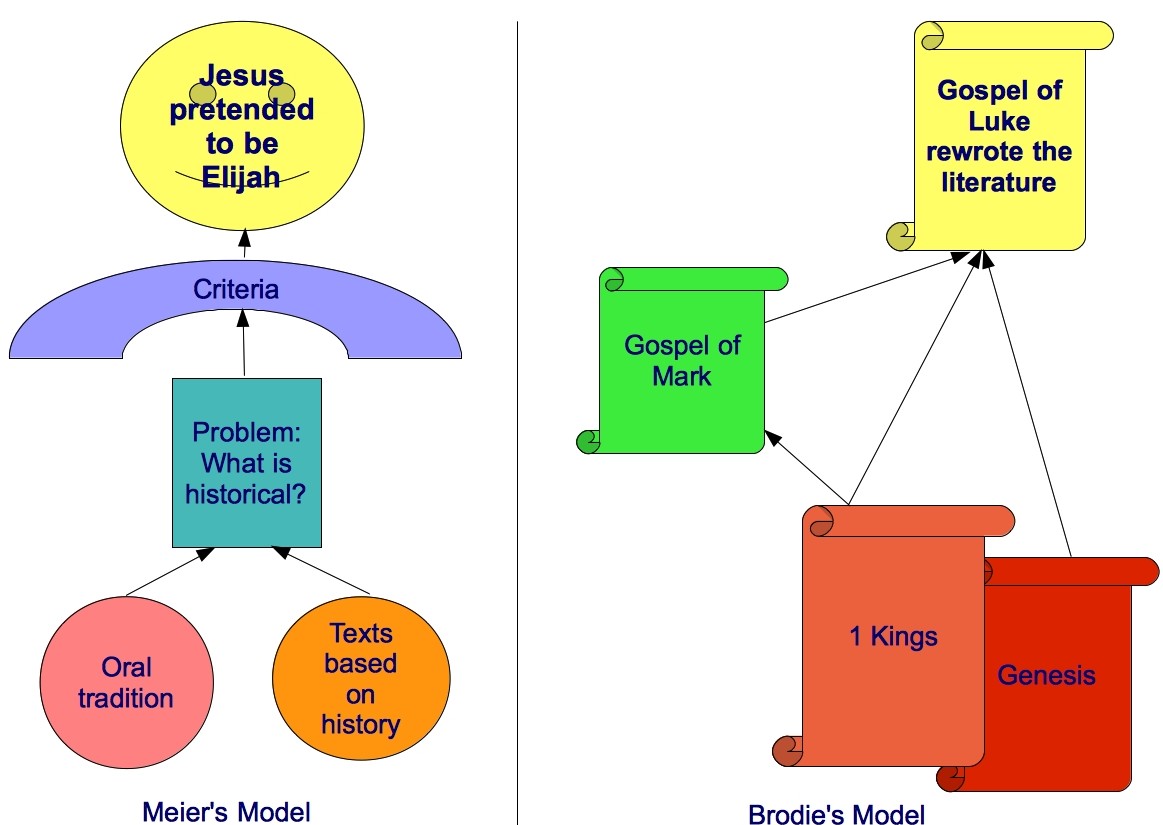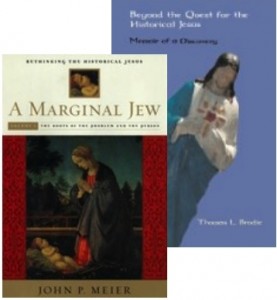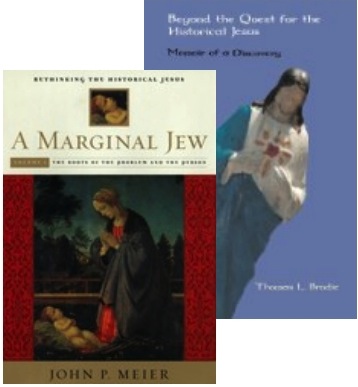Yet Another Ehrman-Evans Debate
In a recent Bart Ehrman blog post, he referred to a debate he had with Craig Evans on the reliability of the New Testament, which took place back in January of 2012. If you watch it (perhaps you already have) and you’re familiar with these guys, don’t expect to see or hear anything new. I’ve come to realize that whenever Bart starts a sentence with, “I tell my students at Chapel Hill,” he’s going to tell a story I’ve heard at least ten times already.
However, Evans did say something that caught my ear. If you click on the start button on the video below, it should cue up to the 14:04 mark, at which point Evans says . . .
[youtube=http://www.youtube.com/watch?v=ueRIdrlZsvs&start=844]
Second, New Testament scholars, historians, and archaeologists view the gospels as essentially reliable, because they exhibit verisimilitude, a Latin word that means “they resemble the way things really were.” That is, the contents of these writings match with what we know of the place, people, and period described in the document.
Their contents cohere with what is known through other written sources and through archaeological finds. Their contents give evidence of acquaintance with the topography and geography of the region that forms the backdrop to the story. The authors of these documents exhibit knowledge of the culture and customs of the people they describe. Ancient narratives that possess these characteristics are used by historians and archaeologists.
The New Testament Gospels and Acts exhibit a great deal of ver-ee-similitude. They speak of real people — Pontius Pilate, Herod Antipas, Annas, Caiaphas, Herod Agrippa I, Herod Agrippa II, Felix, Festus — and they speak of real events — the death of John the Baptist, the death of Agrippa I. They speak of real places — villages, cities, roads, lakes, mountains — which are clarified and corroborated by other historical sources and by archaeology.
Continue reading “History and Verisimilitude: “Real” vs. “Realistic””

